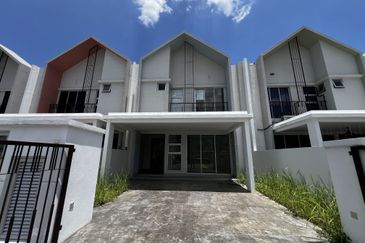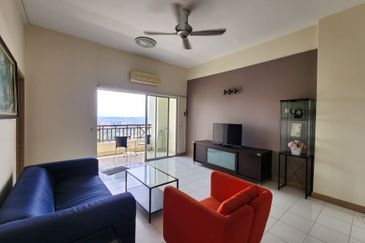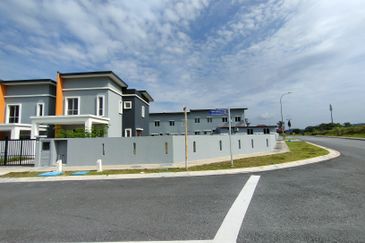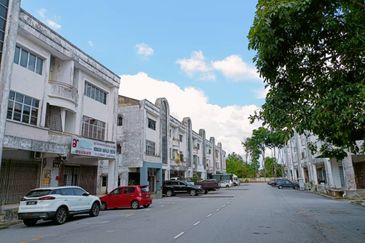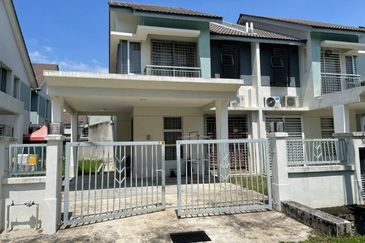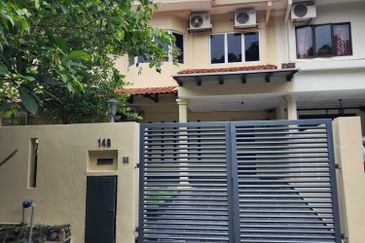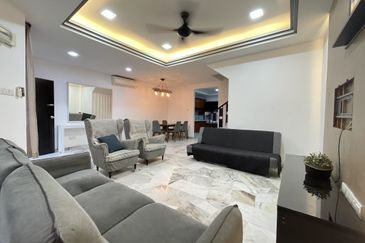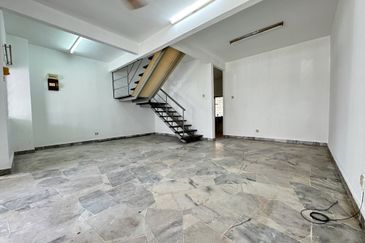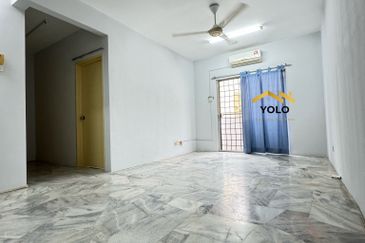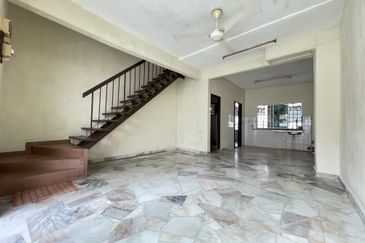
STARTING up your own business seems to be the trend these days, especially among those aged 40 and below. People are doing this for many reasons including flexibility, security and ambition. At a fengshui seminar earlier this year the one question that kept popping up during the Q&A session was “Is it a good year to start a business?”
Experienced people as well as those new to the workforce are joining the start-up boom with different perspectives, enabled by the advancement of technology.
The change in mindset and advent of technology have also had an impact on space requirements and how people work. Start-ups are smaller, so, they need a smaller working space, while the adaption of the sharing economy has encouraged the growth of co-working and studio office spaces.
Start-up boom
CBRE Research’s Asia-Pacific Occupier Markets report, The rise of co-working space in Asia-Pacific: Boon or bane?, which came out in August, defines a co-working space as a shared work environment providing a range of workspaces to a number of small occupiers, often from a variety of industries.
It adds that these workspaces generally include private offices, fixed desk and communal space on a shared floor, with freelancers, soloprenuers, start-ups and mini-companies being the typical users.
Start-ups are among the major users of co-working spaces. For example, Singapore saw an average of 2,000 start-ups every year from 2005 to 2013, while the number of start-ups in Hong Kong increased 46% to 1,558 last year.
Soloprenuers refers to freelancers who mostly do project-based work for clients, who usually seek them out personally.
JLL Property Services (Malaysia) Sdn Bhd managing director Y Y Lau tells City & Country that Malaysia may see increased demand for co-working spaces as the government is encouraging the growth of small and medium-sized enterprises (SMEs) in Budget 2017.
“With SMEs facing many uncertainties, most are unable to take up permanent office space,” she says. “Co-working spaces may appeal to these entrepreneurs as there is flexibility in terms of office space requirements, especially if the company is unsure whether it will expand and increase or decrease its staffing.”


Businesses that undertake projects for a given or short duration would also benefit from utilising co-working spaces. Sharing office space with other tenants allows a business to reduce its occupancy costs, which can be a substantial portion of an SME’s total cost.
“There can also be synergies for complementary companies that serve similar clients or target markets to share co-working spaces. For instance, insurance agents and accountants who share a similar clientele can gain by networking and, thereby increase the existing combined clientele,” she says.
Asia-Pacific
The CBRE Research report notes that while Asia-Pacific has lagged behind major cities in Europe and North America in terms of co-working, the trend is growing in major cities such as Hong Kong, Singapore, Shanghai, Tokyo, Sydney and Melbourne.
Melbourne, one of the most advanced cities for co-working space in Asia-Pacific, has recorded the highest growth of such spaces per capita in the world, according to Knight Frank’s research paper, Melbourne’s Co-working Culture.
Senior analyst Kimberley Paterson acknowledges that the advancement of technology devices, internet connection and cloud computing in recent years has made working anytime from anywhere possible.
She notes that millennials’ relationship with technology has influenced work styles and communication methods, which subsequently leads to a change in the corporate mindset. Millennials are defined as those born between 1980 and 2000.
She also sees many baby boomers (born between 1946 and 1964) setting up their own companies following the recent economic downturn and embracing co-working as an alternative to working from home.
In Malaysia, co-working spaces are located in Kuala Lumpur’s central business district (CBD) and in fringe areas such as Bangsar, Mont’Kiara, Bandar Utama and Kelana Jaya. They take the form of hot desking and incubator spaces, serviced offices and private offices with business facilities. Rates are calculated on an hourly basis or daily, a certain number of days a month or on a monthly basis.
Major co-working office space providers include international brands like The Nomad offices, The Co., Servcorp, WhiteSpace International and Regus Malaysia. Homegrown WSPACE (M) Sdn Bhd launched a fully furnished co-working space at Level 27 (Penthouse) Centrepoint North Tower in Mid Valley City early this month. The facility boasts 12,600 sq ft equipped with complimentary high-speed internet and access to on-demand front desk, financial, human resources and legal support services.
Start-ups HappyFresh, a grocery delivery service, and fitness networking outfit KFIT were originally based in a co-working space.
Exsim Development Sdn Bhd launched Ceylonz Suites — a single tower studio office development — in Bukit Ceylon, Kuala Lumpur in October. With a gross development value of RM352 million, the 39-level development offers 442 studio office units with built-ups of 384 sq ft, 411 sq ft and 578 sq ft. The 578 sq ft layout is a dual-key design.
Some 40% of the spaces were taken up within three weeks of the official launch. It is different from a small office, home office development as it offers a full range of work and life facilities, including a conference room, meeting rooms, waiting lounge, café, business lounge, sport lounge, laundry area, gourmet kitchen, sky gym, sky pool, rooftop garden and sky barbecue pavilion.
Co-working space
In its research report, titled Fourth Industrial Revolution: The Impact on Real Estate in Southeast Asia, which was published in June, JLL says it expects the availability of co-working spaces to accelerate in Southeast Asia in the next five years. It anticipates that co-working and serviced office space in developed cities in Southeast Asia will grow to 20% to 30% of total office stock by 2030.
“In Southeast Asia, co-working space is estimated to make up less than 1% of office stock, but could grow to 10% to 15% by 2030,” the report says.
Globally, it estimates that current co-working and serviced office space makes up 1% to 5% of the office stock in cities globally and is growing about 10% per year, as these spaces provide a sense of community for independent workers as well as support and infrastructure.

The World Economic Forum Jobs report surveyed 371 companies that employ over 13 million people. Some 23% to 44% of the respondents believe that the trends of flexible working, mobile internet, big data and rise of the middle class in emerging markets have already impacted the way we work in the next three years globally, or will do so in the near future [see table].
In Malaysia, more co-working operators are entering the market, such as The Co. In Bangsar, says executive director of corporate services at Knight Frank Malaysia, Teh Young Khean.
“With these alternative working spaces, companies and occupiers will consider rationalising office space and consider the utilisation rates of full-time employees,” he says. “Property developers should provide offices that complement the major occupiers but have the flexibility to accommodate smaller and growing tenants.”
He notes that property developers should adapt more tenant-centric leasing terms to attract and retain tenants as they now typically want more flexible terms.
JLL’s Lau also notes that cafés are used for many activities these days, for work as well as leisure. She believes cafés provide convenience for start-ups, which usually do not have the capacity to commit to a co-working space to work in.
“Moreover, most cafés are equipped with high-speed internet. One needs only to buy a drink and can then spend the whole day working in the café. Other than start-ups, workers with flexible working hours, or those who are mostly on the run, could work in a café instead of the office if it is more convenient.”
As global demand continues to soften, Malaysia is no exception. Already, the Klang Valley is seeing an oversupply of office space. Lau expects the vacancy rate in the Kuala Lumpur CBD to rise to 14.3% from 13.5% on the back of slower demand from oil and gas companies, with the absorption rate unable to match the supply coming onstream.
She notes that this situation is especially obvious in the KL Fringe submarket, with a large amount of supply coming onto the market at end-2016 and 2017. While government-linked developers can help the situation by delaying the launches of their commercial properties, she says it is important for developers to follow the new trends, requirements and expectations of the occupiers and working population.
“For instance, they can build offices that are integrated with retail,” she says. “Where there is a larger land area, integration or proximity to hotels and serviced apartments can increase the popularity of the commercial area. Greater success and more footfall are seen where offices are built close to retail — the working population supports the retail and visitors to the mall also enjoy more shared parking, lifts, security and connectivity, such as shuttle bus services.”
The start-up boom, changes in mindset, advancement of technology and adaptation to a sharing economy have driven the co-working boom in Asia-Pacific. Malaysia could see more tenancy take-ups in co-working or studio office space because of the flexibility, cost and amenities as well as the benefits of community and collaboration.

This article first appeared in City & Country, a pullout of The Edge Malaysia Weekly, on Dec 19, 2016. Subscribe here for your personal copy.
TOP PICKS BY EDGEPROP
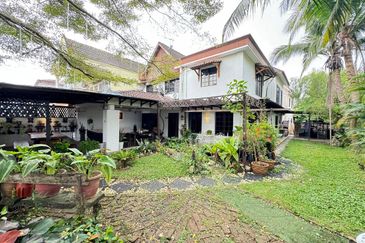
Section 19 (Seksyen 19) @ Shah Alam
Shah Alam, Selangor
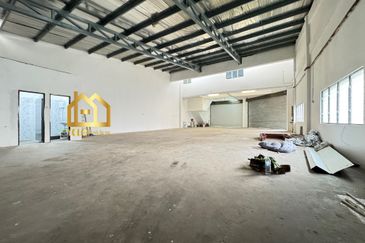
Subang Hi-tech Industrial Park
Subang Jaya, Selangor
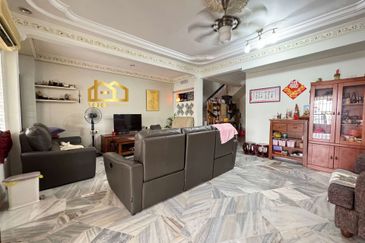
Taman Wawasan, Pusat Bandar Puchong
Puchong, Selangor
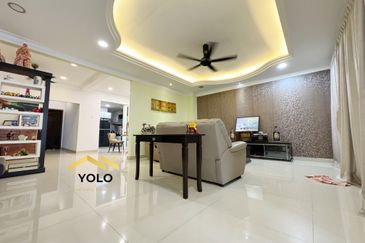
Taman Wawasan, Pusat Bandar Puchong
Puchong, Selangor


